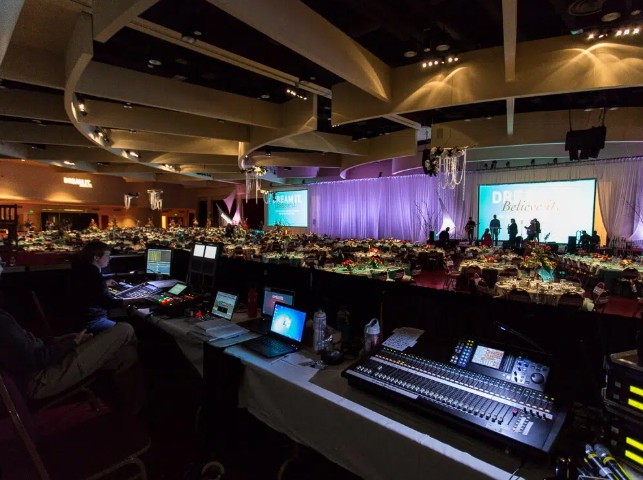In today’s experience-driven economy, audiovisual (AV) technology has become an essential layer of business communication, customer engagement, and brand perception. But as organizations deploy digital signage, meeting room systems, LED displays, control rooms, and public-facing multimedia platforms, one topic is often underestimated: audiovisual standards and accessibility.
Both are no longer optional. They are strategic pillars that influence operational efficiency, customer reach, regulatory compliance, and long-term ROI.

AV standards refer to the technical and operational guidelines that ensure systems are reliable, consistent, interoperable, and safe. These frameworks—often defined by organizations like AVIXA, ISO, and national accessibility bodies—help businesses avoid costly inconsistencies across locations or departments.
Key elements of modern AV standards include:
Without these guidelines, businesses may face unreliable AV systems, poor user experience, and higher maintenance costs.
AV accessibility ensures that people of all abilities can access information, participate in communication, and interact with digital platforms. With the rise in hybrid workplaces, immersive retail displays, and smart environments, accessibility is directly tied to customer satisfaction and inclusivity.
Accessibility considerations include:
When accessibility is treated as an afterthought, businesses risk alienating audiences, failing compliance requirements, and missing opportunities for broader engagement.
Clear audio, readable displays, and inclusive controls reduce friction in internal meetings and customer interactions. Employees spend less time troubleshooting and more time being productive.
Customers and partners view organizations with high-quality AV environments as modern, trustworthy, and service-oriented. Accessibility enhances brand reputation by showing commitment to inclusivity and customer care.
Retail LED displays, digital menus, and interactive screens perform better when visual standards are met—sharp contrast, correct brightness, and intuitive user interfaces. Accessible content also reaches a wider audience.
Many regions have strict accessibility guidelines—such as the ADA, WCAG, and EN 301 549. Failing to meet them can lead to legal consequences and costly rebuilds of existing systems.
Standardized AV deployments reduce the need for rework, minimize failures, and keep maintenance predictable across multiple sites. Accessibility built at the design stage is far more cost-effective than retrofitting.
Audit existing systems for brightness levels, intelligibility, mounting safety, and content consistency.
Define brand-level requirements for LED displays, meeting room setups, resolutions, brightness targets, and control systems.
Adopt captioning workflows, scalable text, strong color contrast, and multilingual options.
Ensure that partners, technicians, and content teams understand your company’s standards.
Select LED manufacturers, AV integrators, and software platforms that follow recognized industry standards and accessibility best practices.
As AV becomes deeply integrated into customer journeys, workplace culture, and digital transformation strategies, businesses that embrace standards and accessibility will stand out. They deliver clearer communication, more inclusive experiences, and better long-term value—while ensuring their brand remains future-ready.
Companies that invest early in AV quality and accessibility build environments where every voice is heard and every visual leaves an impact.